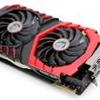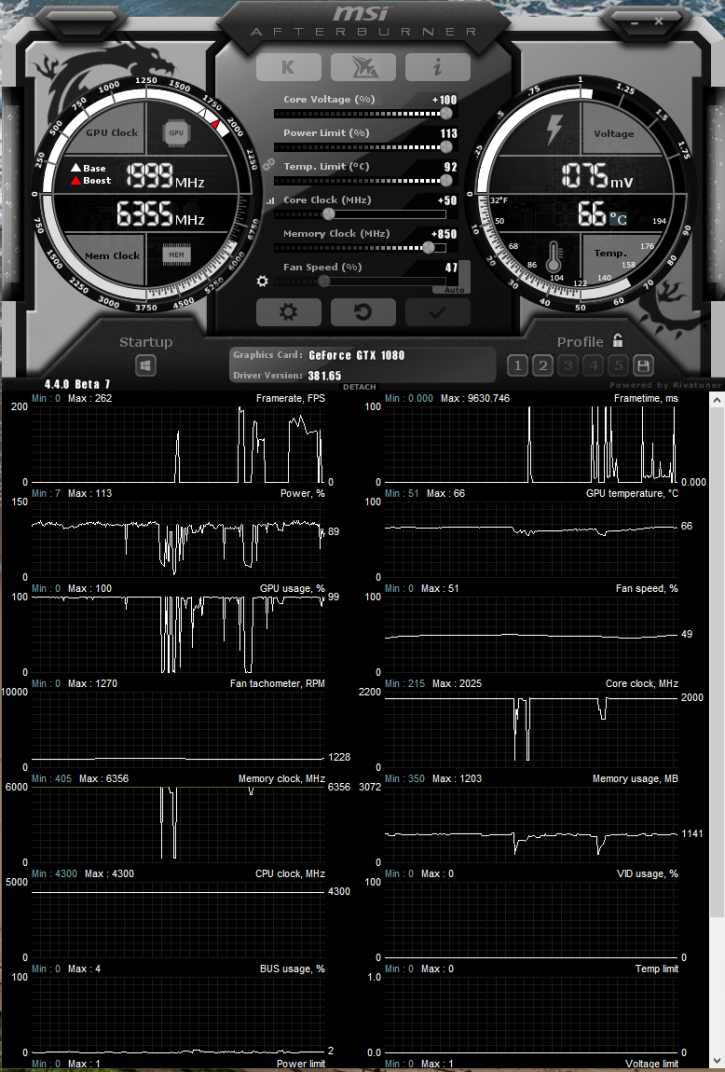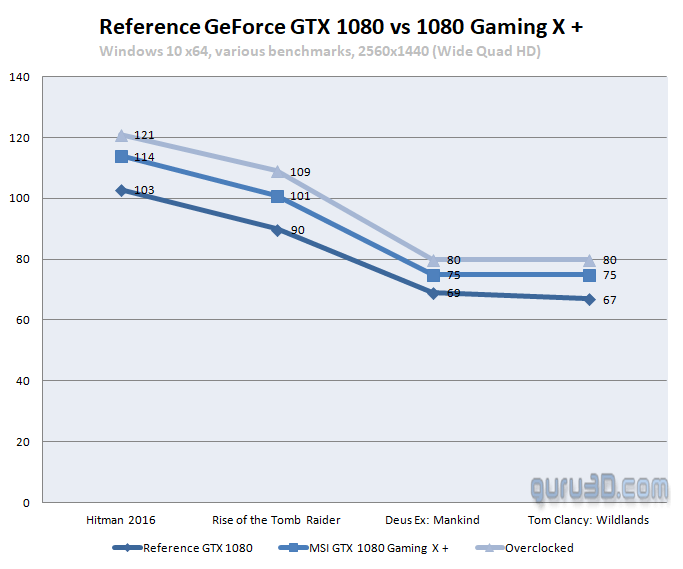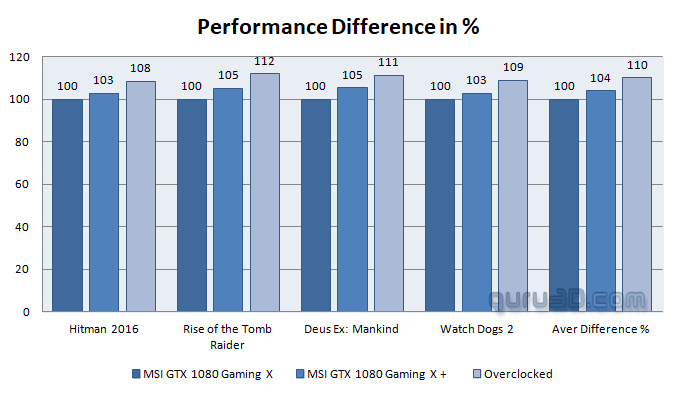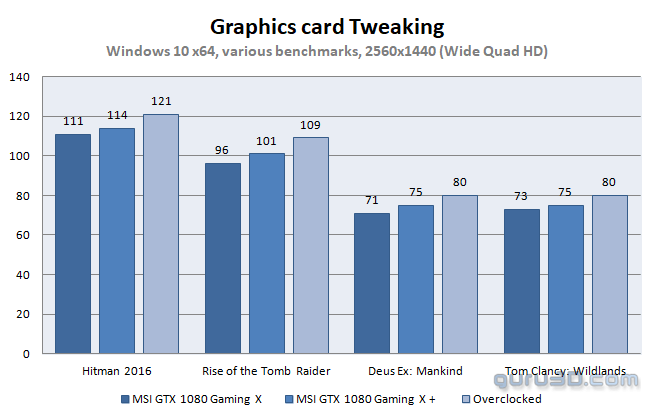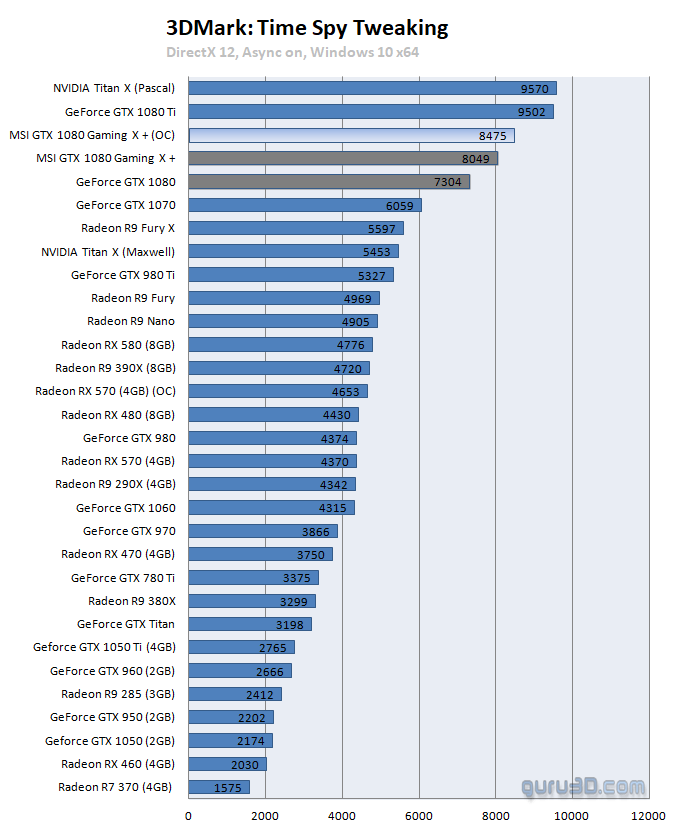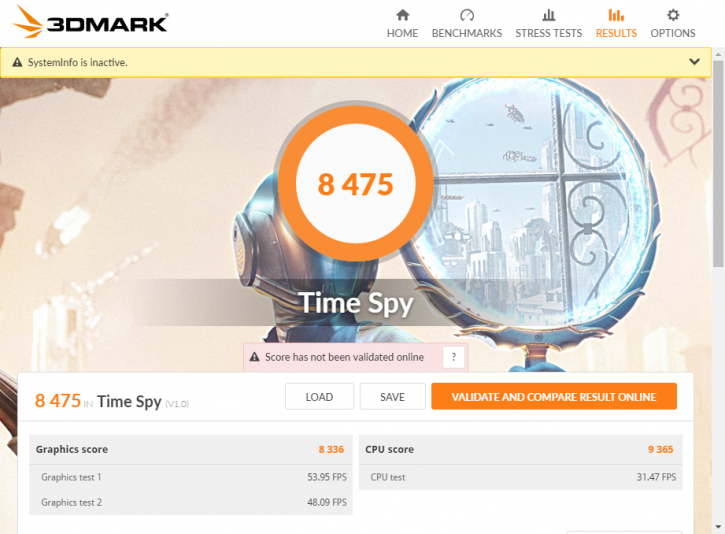Overclocking The Graphics Card
Overclocking The Graphics Card
As most of you know, with most video cards you can apply a simple series of tricks to boost the overall performance a little. Typically you can tweak on core clock frequencies and voltages. By increasing the frequency of the videocard's memory and GPU, we can make the videocard increase its calculation clock cycles per second. It sounds hard, but it can really be done in less than a few minutes. I always tend to recommend to novice users and beginners, to not increase the frequency any higher than 5% on the core and memory clock. Example: If your card runs at 600 MHz (which is pretty common these days) then I suggest that you don't increase the frequency any higher than 30 to 50 MHz.
More advanced users push the frequency often way higher. Usually when your 3D graphics start to show artifacts such as white dots ("snow"), you should back down 25 MHz and leave it at that. Usually when you are overclocking too hard, it'll start to show artifacts, empty polygons or it will even freeze. Carefully find that limit and then back down at least 20 MHz from the moment you notice an artifact. Look carefully and observe well. I really wouldn't know why you need to overclock today's tested card anyway, but we'll still show it. All in all... do it at your own risk!
If anything, tweaking and overclocking has become more complicated starting with Pascal. You'll see that most cards out there all will tweak to roughly the same levels due to all kinds of hardware protection kicking in.
We applied the following settings:
- Temp Target 95 Degrees C
- CPU clock +50 MHz
- Mem clock +850 MHz
- Voltage +80%
- FAN RPM default
The Boost clock will now render at roughly ~2025 MHz depending on the power and temperature signature and game title. The GPU will continuously be dynamically altered on voltage and clock frequency to match the power and temperature targets versus the increased core clock. In FireStrike we are now hovering above 2 GHz marker on the Boost frequency for example, but some games jumped to roughly 2.1 GHz one second and dipped below 2 GHz the other. The memory tweaks fantastic towards 12.7 GHz (!).
In the above plotted chart I am comparing the Founders edition GeForce GTX 1080 towards the Gaming X+ and then the Gaming X+ overclocked. As you can see coming from an FE, the gain is massive when you add a little tweak. Up-to 20% performance increases.
Now, in the above chart you can see relative performance difference in between a standard Gaming X card, and then the Gaming X+ and Gaming X+ tweaked.
Let's plot the regular Gaming X to be the baseline, at 100% performance. To the far right where you can see Aver Difference %, this is the result of the four games tested and averaged out. So Gaming X+ card runs give or take 4% faster compared to the standard Gaming X, all that thanks to it's memory being 10% faster. And once we teak the Gaming X+ manually it is roughly 10% faster compared to the regular Gaming X card. This tweak obviously was done with the TDP Power limiter tweak maxed out. Below overclock results, measured at WQHD.
